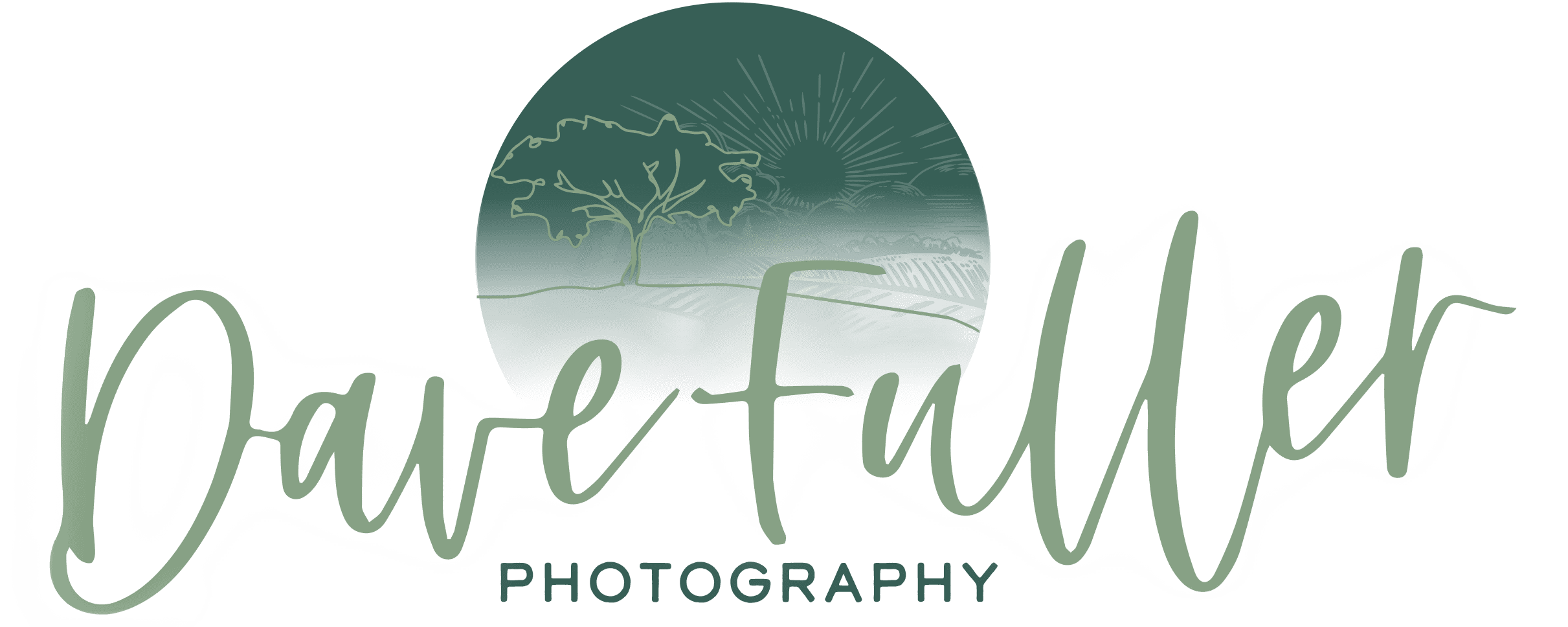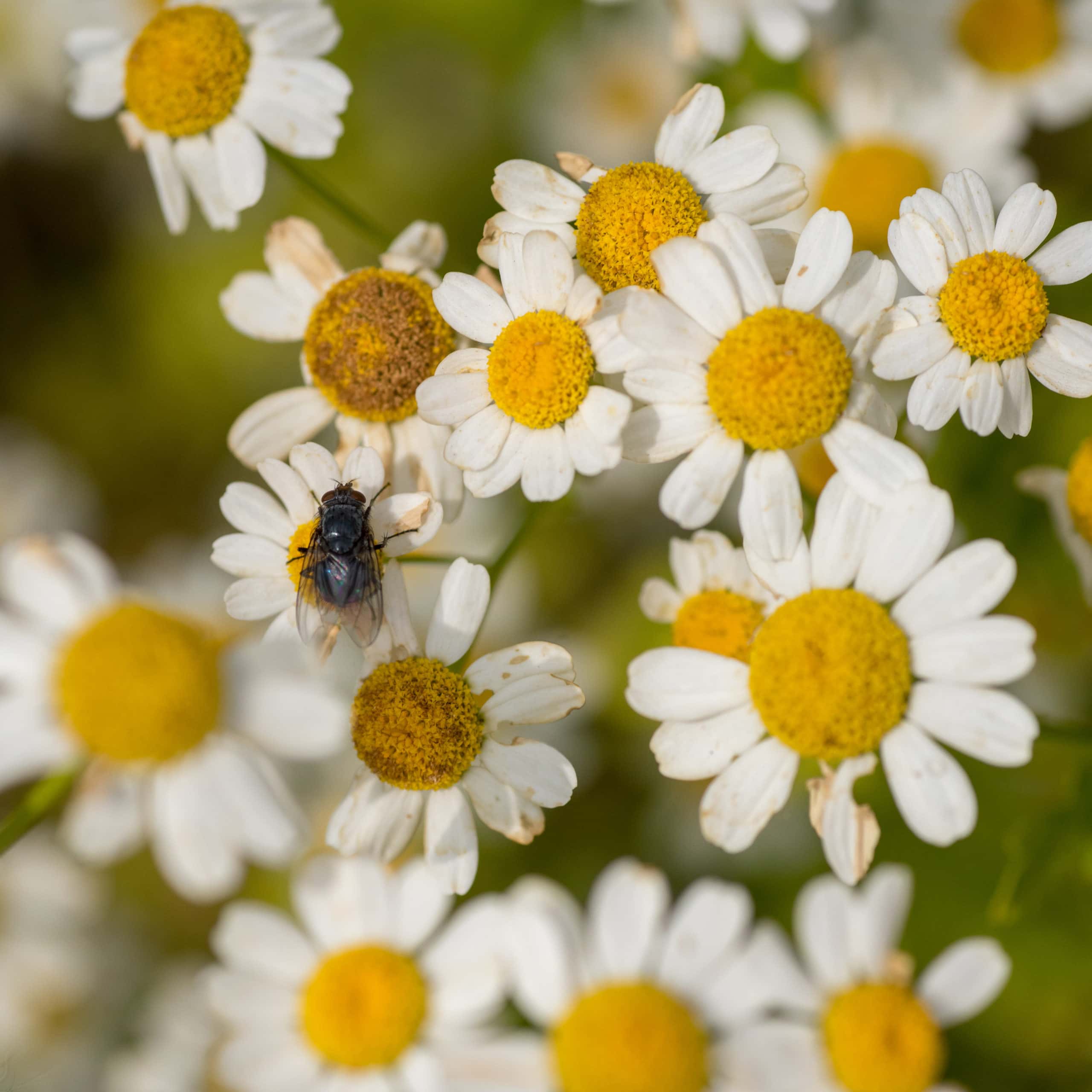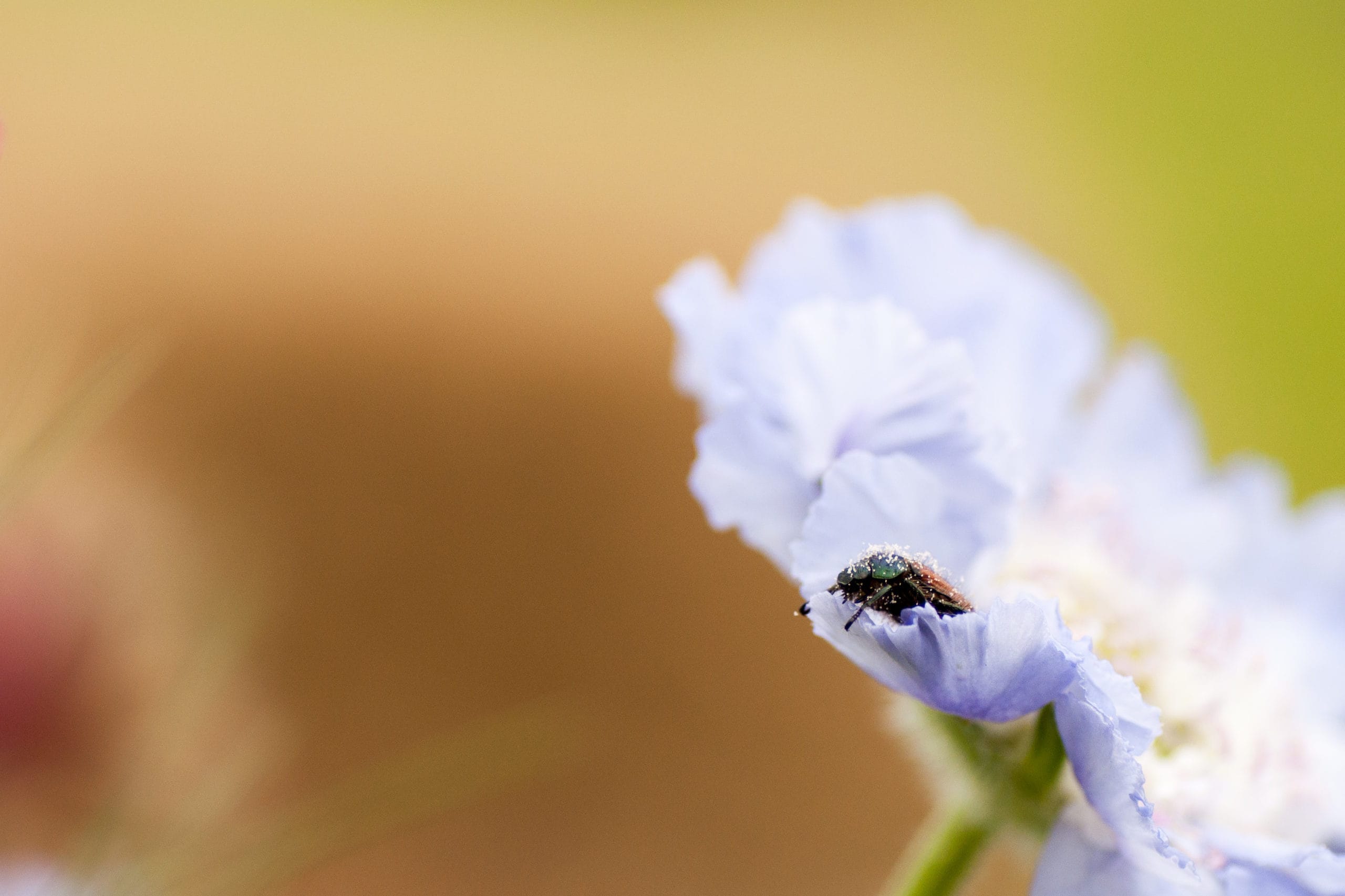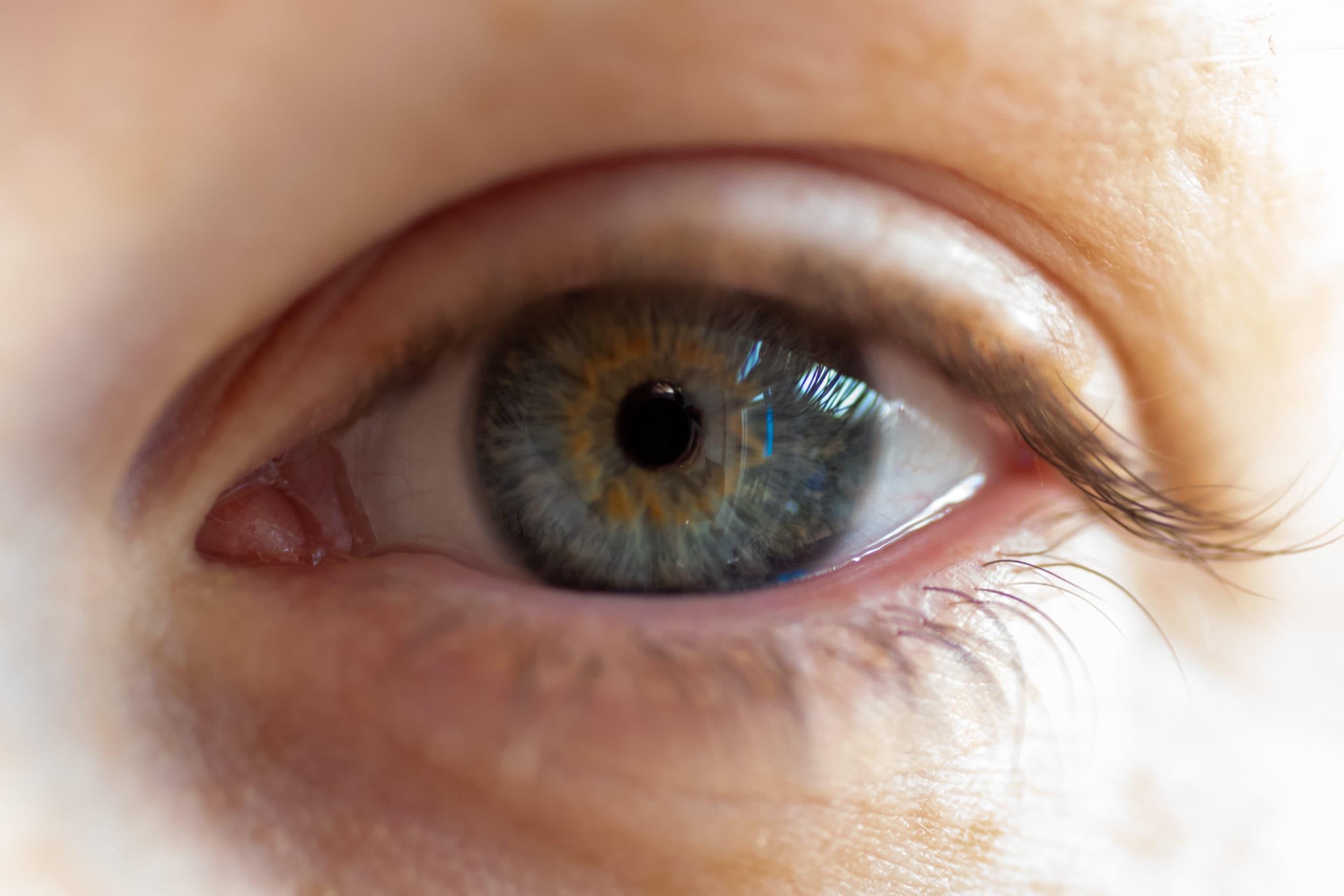Macro photography for beginners
Put simply, Macro photography is about taking photos up close, or really close. It’s great because it encourages you to look at things in a different way, to take abstract, unusual photos. If you’re going to get really close to things, you’re going to need some pretty specialist equipment, from DSLRs to expensive lenses, extension tubes and all sorts. But don’t worry, we’re not going to dive too deep into all that. We’re going to keep this nice and simple as we’re focusing on macro photography for beginners; choosing great subjects and thoughtful composition – things you can do without all the fancy tech!
Just to be clear on the definition of macro photography, there are actually a couple of types of really close up photography, macro photography which is anything up to 10 times magnification and photomicrography which is anything that is 10 times magnification and above. For the purposes of this blog I’m going to refer to any kind of up-close photography as macro photography.
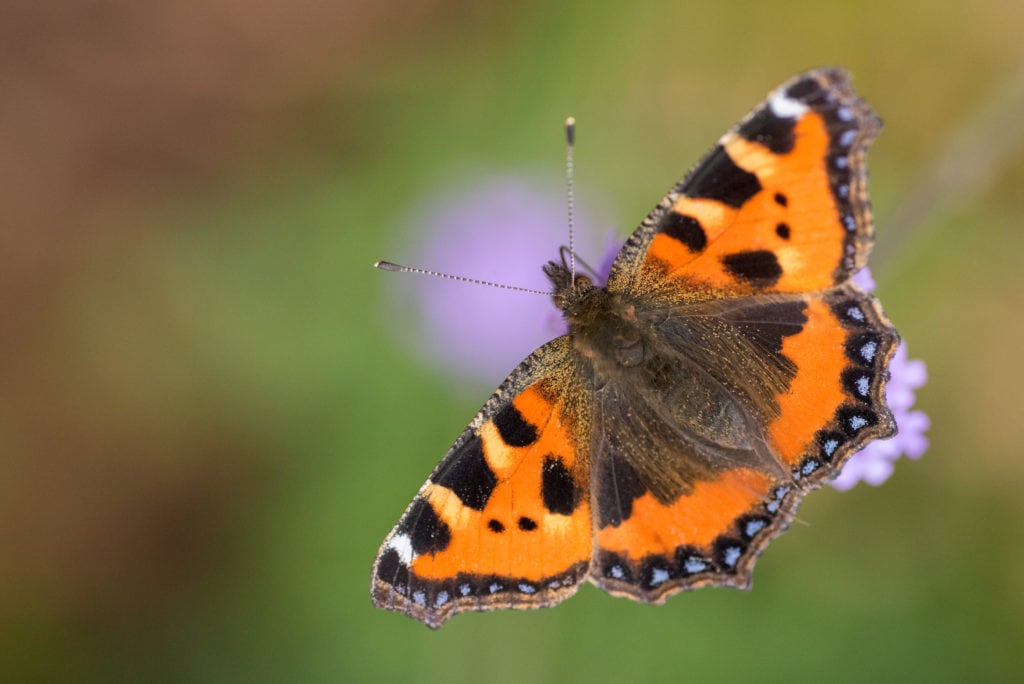
The History of Macro Photography
Macro photography has it’s history firmly rooted in science. It was used by researchers to document and study things too small to be seen by the human eye. As a concept, it’s origins go way back to Thomas Wedgewood who lived from 1771 and 1805 but it wasn’t until the 1830s that William Henry Fox Talbot started using small cameras attached to microscopes to photograph images of up to 20 times magnification. It wasn’t until the 1900s when it started to become a form of art as opposed to a scientific venture. Frank (usually abbreviated to F.) Percy Smith, was one of the more famous pioneers of macro-photography, his work focusing on up close nature either side of the First World War when he joined the British navy.
Macro photograph has since blossomed into the art for me we know today, with photographers across the world specialising in it and a huge array of competitions such as the British Photography Awards and The Close Up Photography of the Year (or CUPOTY) which are amazing places for inspiration and to see what can be done.
Equipment for macro photography beginners
I’m not going to into too much detail when it comes to equipment, ultimately to get started, I’d recommend using the gear you’ve got. If you’re reading this beginners guide to macro photography, you’re probably just dabbling in the field so may not be ready to make any big purchases.
There is loads of gear that you could get, and a lot of it isn’t cheap! You can play around with macro photograph with you phone, a point and shoot camera or a DSLR. Ultimately you’ll get the best results with a DSLR but I’m a big believer that the best camera is the one you’ve got with you – if that’s a mobile phone then so be it!
If you do have a DSLR you may automatically jump to wanting to buy a macro lens. At first thought this seems pretty sensible, the clue is in the name right?! The trouble is, macro lenses can be seriously expensive gear, which if you’re just testing the waters of macro photography and are not sure whether it’s for you or not this might be a bit much over the top. But if you’re not going to splash out on a lens, how are you going to photograph things really close? Well the simplest way is to buy some extension tubes which fit between your camera and the lens which decrease the minimum focus length and therefore make it easier to take photos even closer to an object or you could dabble with the reverse lens technique which requires no extra gear at all.
The next thing to consider getting is a tripod – with macro photography, the slightest bump can completely ruin a photo. And the closer you are to an object the narrower the depth of field (a narrower depth of field means the background around your subject is more blurred) so if you’re photographing really close to an object the amount of the photos is going to be really small so a tripod will allow you much more control over the focus.
If you want to know more about the best equipment to get you should check out these in depth articles about the best macro photography gear for beginners, or the best macro photography lenses in 2021.
5 Tips for beginner macro photography
How To Take Great Macro Photographs, for beginners
- Take a LOT of photos
This is perhaps the greatest leap that digital photography has allowed us to take, we can take almost as many photos as we want. On camera screens also allow for so much more experimentation – you don’t need to wait a week between taking your shots & getting them developed to figuring out what you’ve done wrong! Just take a quick peak at the back of the camera and play around with a different setting or angle.
This is incredibly useful for any type of photography but particularly for macro photography as it allows you to make the ting tweaks and adjustments required right then and there until you get things just right. So, my first tip is to take a lot of photos, experiment, play around until you get something you’re happy with. - Stabilise the camera
Getting a tripod or figuring out another way to stabilise your camera is going to help a lot when it comes to macro photography. The difference between a beautiful photo and a blurry mess can be a matter of millimetres when you’re photographing things really close to the camera. So if you can find a way to stabilise the camera, and using a tripod is absolutely the most effective way, then it removes a big chunk of the risk of photos that are a blurry mess.
The next step is to move the subject and not the camera. Once you’ve got your shot framed and more or less in focus, moving the subject is much easier than moving the camera. A great tip for this is to arrange the subject on a surface which can be easily moved such a piece of paper or card. - Keep it clean
With macro photography, everything show up. A stray hair, a crumb from your lunch or a fingerprint will all loom large in the back of your photograph, so keep the area as clean as you can.
- Focus on your composition
Generally keeping the composition clean is a good idea with macro photography, for example if you’re focusing on a single subject, having a big open background (also known as negative space) can really help focus the eye on the main subject.
If you’re focusing on a pattern within the subject, move the subject around so that it fills the entire frame with no gaps or external distractions. If you’re shooting a small object as a whole, position it so that there’s even space around it on all sides. - Manual focus if you can
This is going to depend on your camera, and your focusing skills, but manual focusing is the best way to ensure the subject is in focus. The best thing about manual focus is once you get it sorted you can adjust your subject so it’s perfect without having to completely readjust your focus for each shutter click.
Macro photography for beginners inspiration:
Nature
Bugs and other creatures are often the first things I think of when I think of macro photography. Macro photography is a fascinating way to delve into the lives of tiny creatures or plants, to really get a clearer understanding of how things work and look when they are that tiny. You’d be amazed at what you can find wondering around your local park or even your back garden.
Food
Food can be another fascinating subject. The patterns, colours and intricate details that can be photographed in food we eat everyday are amazing. I find fruit and vegetables, can make particularly good subjects.
Portraits
Okay, so obviously I’m not talking about full people, unless you know some tiny people, but by focusing in on a small aspect of a person you can create a unique portrait. The intricate details of eyes in particular can make for fascinating portraits.
Products/ things
You’ll be amazed at the photographs you can take when you pause, take a moment and get a little creative with your camera. Turning an everyday boring object into a piece of art is quite a feet, why not give it a go!
Want to learn more?
Check out our Nottingham photography courses or check out my weekly photography challenge over on Facebook!
